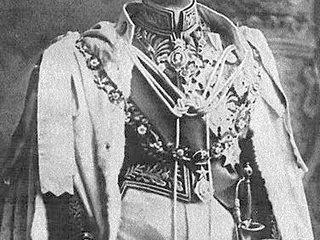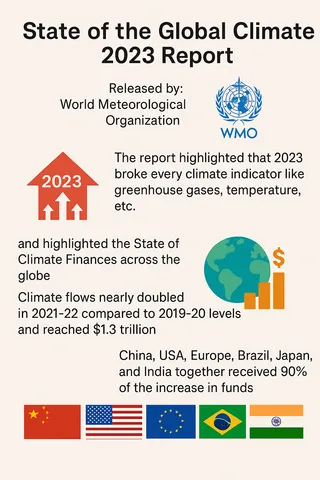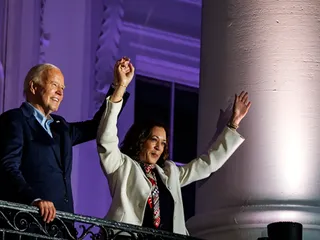Presidential proclamations are official documents issued by the President of the United States. They are used to announce major policy decisions, declare national observances (like National Days), commemorate events, and make certain determinations. While not possessing the force of law like statutes, they hold significant symbolic weight and often serve as precursors to or explanations of other government actions.
Finding Presidential Proclamations:
The official source for Presidential Proclamations is the University of California, Santa Barbara's Presidential Documents Archive. This website maintains a comprehensive archive of presidential proclamations dating back many administrations. You can search by keyword, date, or president.
Understanding the Significance:
Proclamations often address matters of national importance, reflecting the current political, social, and economic climate. Studying these documents provides valuable insight into the historical context and evolving priorities of each presidency. They are crucial sources for historians, researchers, and anyone interested in understanding the executive branch's role in shaping the nation's agenda.
Note: The impact and legal weight of a proclamation differ from that of executive orders or laws passed by Congress. While executive orders direct specific actions within the executive branch, proclamations primarily serve a communicative function, announcing official policy or recognizing events.
Further Exploration:
For additional information about the legal and historical aspects of presidential proclamations, you might consult legal databases and scholarly articles on the subject. The Federal Register also publishes many proclamations formally.














 (24)jpeg-1722421859875.jpeg.webp)
















